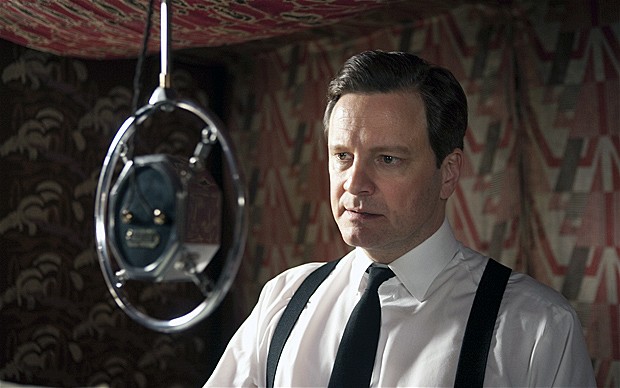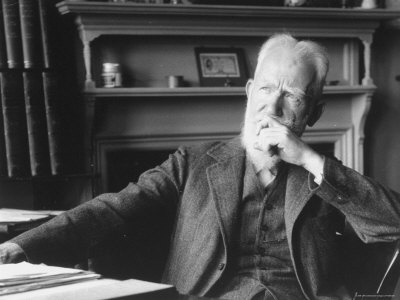This is your time to shine and show the best of you and you only get one chance.
- Do you have the charisma to sell ideas and products?
- Do you have the charisma and energy to lead and inspire teams?
- Have you got the stamina to take this business through into the long term?
- Are you calm under pressure, solid and trustworthy?
Your investor pitch has got to communicate the best of you.
If you are a serious character who is more process driven, you most likely need to practice speaking with energy and enthusiasm as you want to inspire this investor audience.
If you are a softer character, who can be emotional, you need to prove that you have the strength to drive a business through the ups and downs which all businesses go through without losing control.
Looks aren’t everything but first impressions are so carefully choose how you present yourself. If you would never where a suit and tie then don’t start wearing one now as it won’t look or feel like you. Most people can’t get away with dressing in a white t-shirt and jeans as Mark Zukkerberg but you can dress as the smartest version of your best self. Dress to impress in the most relevant way to you and your business.
How to do your best performance
- Be the best of yourself
- Look the part
- Be enthusiastic
- Be calm
- Be considered
- Show strength
- Show charisma
- Show flexibility
- Show stamina
- Don’t rely on powerpoint
- Rehearse, Rehearse, Rehearse
TRUST BEATS COMPETENCY. COMPETENCY BEATS LIKE. LIKE IS WHERE IT BEGINS.
Sartaj Garewal is the founder of Dynamic Presenting – a creative, leadership development consultancy, adapting theatre training to create leadership programs for business.
Dynamic Presenting – Enabling Powerful Communication














